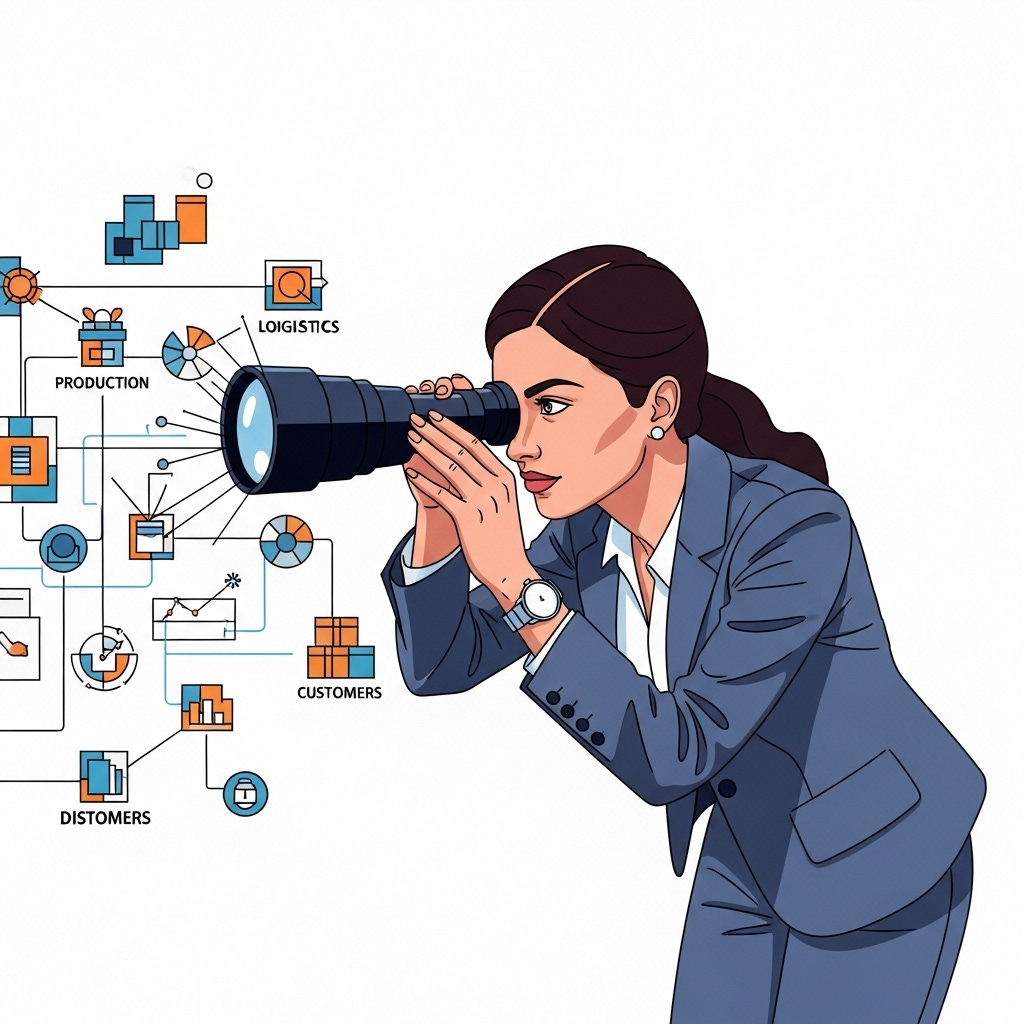When to Build Your Own Supply Chain AI
Part II of the "Resilient Supply Chain AI Playbook" series
In last week’s article, I gave an overview of an approach to AI strategy driven by the need for strengthening supply chain resilience.
This week, we’ll dig deeper into a very important skill for any forward-thinking supply chain leader: how to spot those cases where you absolutely should build your own AI solution, rather than buying or partnering.
Look through the Uniqueness Lense
The core property to look for is uniqueness. When considering any AI solution for strengthening resilience, look closely into these questions:
Are the relevant workflows unique, or do many other organizations share them?
Do we have data at our disposal that our competitors do not? Zoom in on variety, volume, and quality - each adds unique advantages, all three together = awesomeness.
Are the resilience issues that we struggle with unique, or are they shared with many other supply chain businesses?
Is our operational data and other relevant IP sensitive enough to worry about sharing them with third parties?
Will a custom solution provide a truly unique advantage that sets you apart from competitors?
Do you anticipate your needs or data volumes changing?
Do you have the internal capabilities (or access to external partners) to build and maintain a custom solution?
If the answer to one ore more of these uniqueness criteria is ‘yes’, then you may be onto something - the ability to obtain an ‘unfair’ advantage that your competitors can’t match. If 4+ are in the positive, you almost certainly should consider building as your primary option.
Why OTS Struggles with Uniqueness
Buying OTS (Off-The-Shelf) solutions comes with serious drawbacks corresponding to each of these questions. For example,
Unique workflows can be very challenging for OTS solutions, because they are typically designed for workflow patterns that are typical across many customers.
OTS solutions may not be able to exploit all of your unique data, as they will be designed for data that many consumers share.
Going beyond workflows, getting OTS solutions to effectively and efficiently solve unique issues is generally tough.
If your IP is sensitive, buying comes with risks like IP leakage and even with additional work to secure it, sharing with OTS solutions may still increase the risk.
It’s much harder to truly differentiate if you rely on the same OTS solutions as your competitors.
With change and growth, OTS solutions have a high risk of ‘bursting at the seems’, and then you are (almost) back to square one.
(Note, by the way, how these points flip around 180° when your challenge properties are not unique.)
Real-life Example: C. H. Robinson’s AI Agents
C.H. Robinson, one of the world’s largest logistics providers, has developed its a proprietary fleet of generative AI agents to automate and optimize shipping tasks. These AI solutions are continuously improved using data from annual shipments, giving them a significant edge in efficiency and customer service.
Note this quote from the cited article that gives away some uniqueness aspects:
‘…data from C.H. Robinson’s 37 million shipments a year and from its supply chain experts have enabled the company to create new AI models’.
Now, I would assume that they used OTS LLMs as a starting point but handled the fine-tuning on their own data in house. When it comes to modern GenAI applications, building typically does not mean starting from scratch, but rather building on top of powerful, general models. It’s not the building blocks that matter here, but rather the total solution.
Pitfalls and Mitigation Strategies
Part of the decision to build is to look beyond the upsides. There are several pitfalls that, if overlooked, may well lead to costly setbacks. Make sure you can confidently navigate these before you decide to build. They include:
Poor Data Quality. Delays or derails many AI initiatives. Invest and make sure that your data platform is solid enough for your intended project. It doesn’t need to be perfect or cover everything and it’s fine to build it as part of the project - just don’t ignore it.
Misaligned Goals. If you don’t ensure tight alignment between technical objectives and business outcomes through continuous stakeholder collaboration, your build project can quickly get into trouble. But that can happen when you buy as well, so nothing new here!
Under-resourcing. Make sure you have realistic budgets, especially for personnel requirements, to power your project.
Finally, I want to highlight the importance of executive sponsorship. Committed leadership, preferably on the C-level, ensures sustained support, funding, and strategic alignment. Without that, everything else could be planned to perfection, but your AI build project can still fail spectacularly. And, by the way, watch out for those pitfalls once you’ve secured sponsorship so you can keep it for the next project!
Summing up
Identifying the right opportunities for custom AI investment begins with a strategic assessment, starting with the uniqueness lense. Once you have a solid understanding of the unique attributes of your resilience challenges, follow up by ensuring that you have or will build the necessary foundation in people, processes and technology to succeed with your AI build. Make sure that you have executive sponsorship, ideally at the C-level. Then, build with confidence!
Next week, we’ll dig into smart buying strategies that accelerate your AI journey when building is not the right strategy.
Let's Continue the Conversation
Building resilient supply chain AI architectures is complex, but you don't have to figure it out alone.
If you're ready to move from strategy to action, I offer fractional CAIO services tailored for companies that need AI leadership without the full-time executive cost. I work with a limited number of clients to ensure deep, focused, and 100% personal engagement.
Interested in exploring if this could work for your organization? Let's start with a no-strings-attached conversation.


